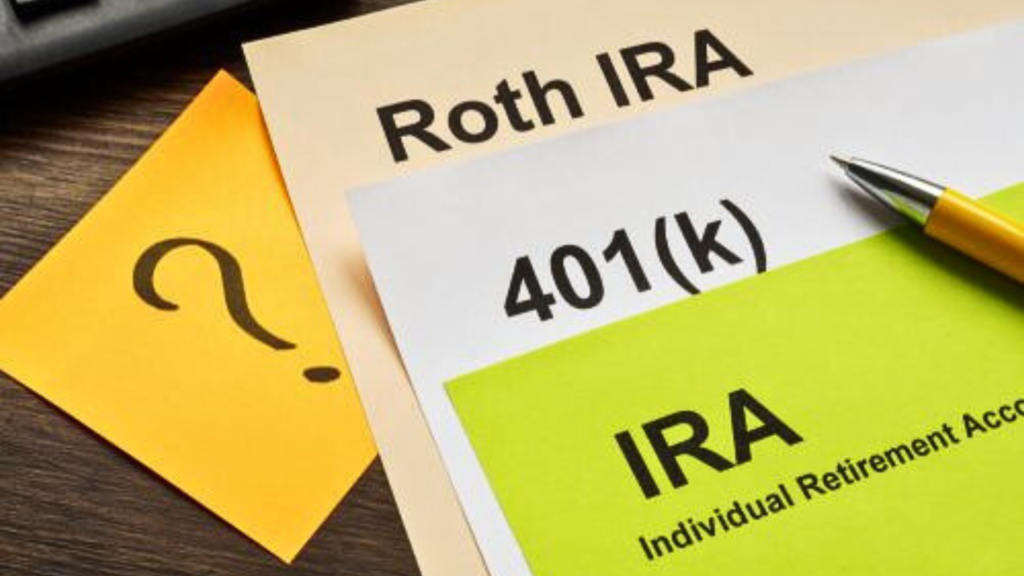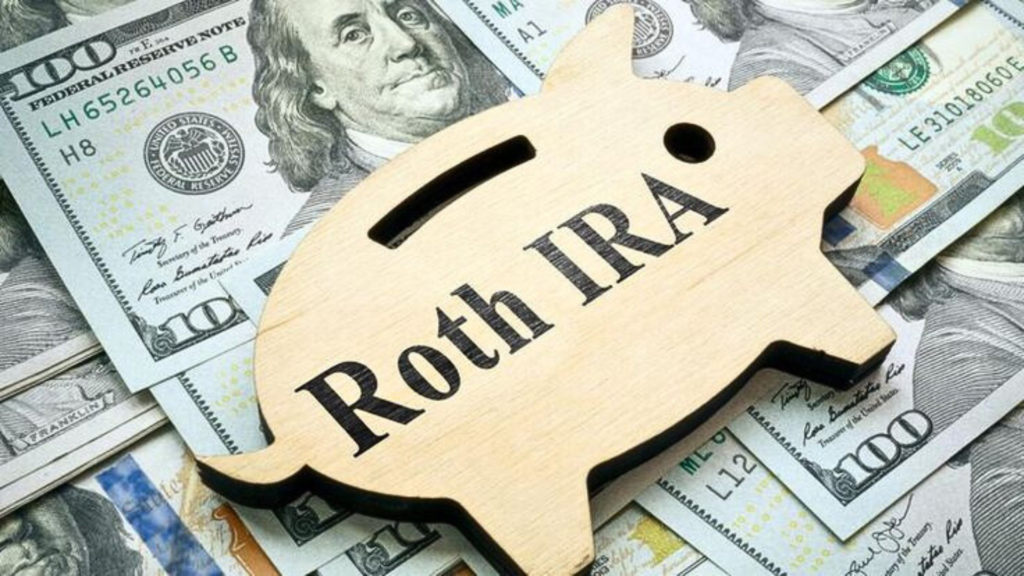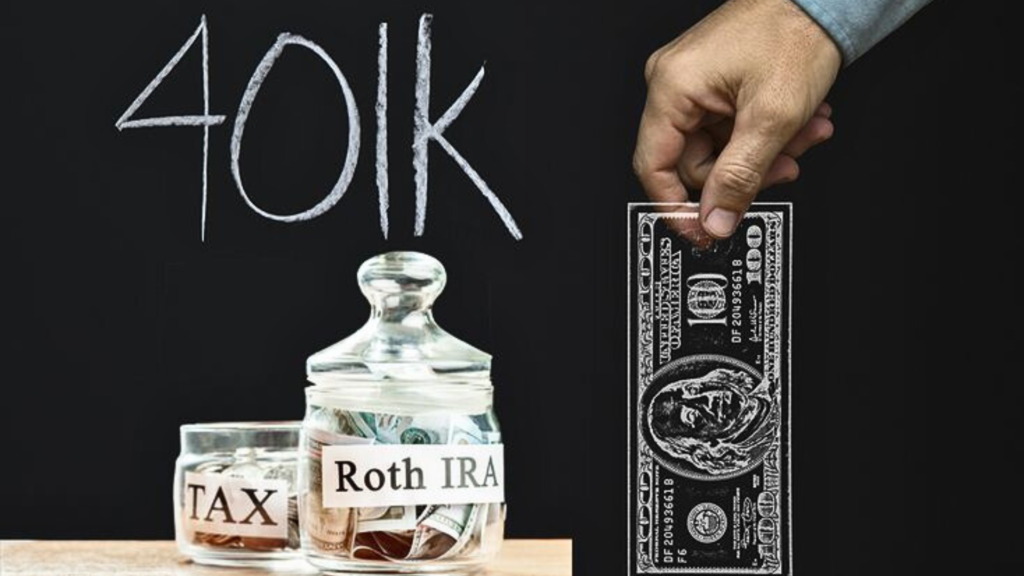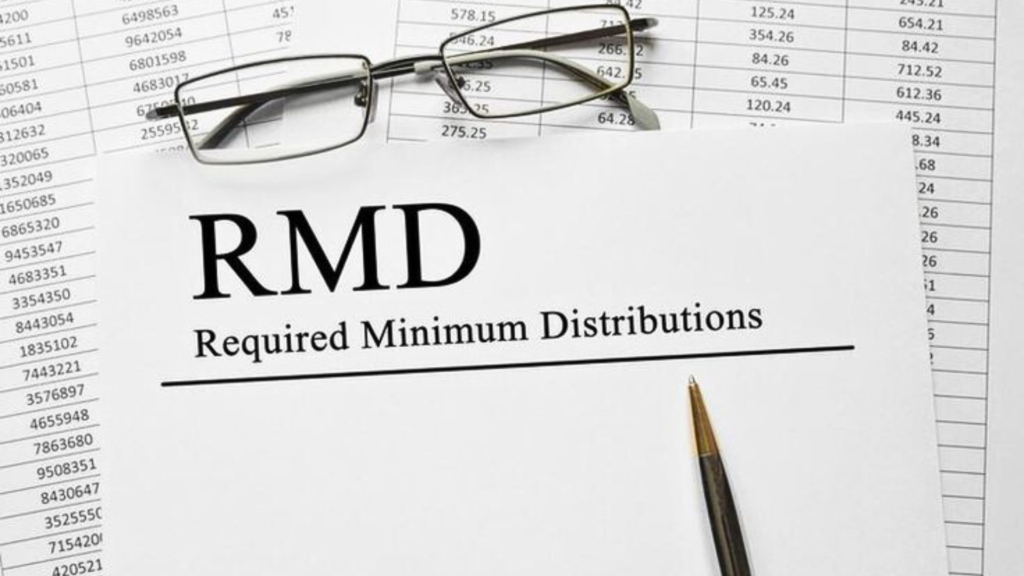There’s a lot more to planning for retirement than just building up your savings over the years. Understanding how and when to withdraw your savings is essential to avoid costly IRS penalties. Making retirement withdrawals without a solid strategy can result in unnecessary taxes, penalties, and a reduced retirement income.
Many retirees earn retirement income from Social Security benefits, savings, pensions, a retirement plan, interest, dividends, and rental income. Roughly one-third of retirees earn earnings from a job, and they typically must either withhold taxes or make quarterly payments to avoid IRS penalties.
The estimated quarterly tax deadlines for 2024 are April 15, June 17, September 16, and January 15, 2025. However, experts suggest you can pay your taxes and still comply with IRS regulations using a less well-known year-end strategy.

Missed tax payments can be corrected using withholdings from mandatory yearly withdrawals; this strategy is known as Required Minimum Distributions, or RMDs. These retirement withdrawals usually apply to pretax retirement savings.
This tax-efficient retirement withdrawal strategy can help you navigate the complexities of tax laws, maximize your retirement income, and ensure that your hard-earned money lasts as long as you need it.
What Is the Rule for Retirement Withdrawal?
Retirement accounts like 401(k)s and IRAs are subject to specific retirement withdrawal rules and regulations that dictate how and when you can withdraw your funds. Not only does the IRS impose penalties for early withdrawals, but it also mandates required minimum distributions (RMDs) after a certain age.
Understanding these guidelines is the first step to creating a retirement withdrawal strategy that works for you. The most important rule to be aware of is the age 59½ rule.
This rule implies that if you withdraw funds from your traditional IRA or 401(k) before you reach the age of 59½, you’ll typically incur a 10% early withdrawal penalty on top of any tax you owe. There are, however, a few exceptions, like when the money is used for a first-time home purchase, medical expenses, or specific educational costs.

Another necessary rule is the RMD requirement, which begins at age 73 (as of 2023, previously 72) for most retirement accounts. The IRS requires that you start taking distributions from your traditional IRA, 401(k), or other qualified retirement accounts by April 1st of the year after you turn 73.
If you fail to take the RMD, there is a hefty penalty of up to 50% of the amount that should have been withdrawn. It is, therefore, essential that you properly plan your withdrawals carefully to avoid these penalties.
ALSO READ: The Single Most Important Expense To Cut in Retirement
How Can I Withdraw Money From My Retirement Savings Without Penalty?
Avoiding penalties when withdrawing money from your retirement accounts requires careful planning and adherence to IRS rules. Here are a few strategies to help you withdraw funds without incurring penalties:
- Wait Until Age 59½: The easiest way to avoid penalties is to wait until you are 59½ before withdrawing. By doing so, you’ll avoid the 10% early withdrawal penalty.
- Use the Rule of 55: If you’ve left your job (whether by retirement or other means) at age 55 or older, you can withdraw funds from your 401(k), even if you’re not 59½. This rule only applies to 401(k) plans and not IRAs.

- Use the SEPP Rule: Setting up Substantially Equal Periodic Payments (SEPP) allows you to withdraw money from your retirement accounts before age 59½ without penalty, as long as you take equal payments based on your life expectancy. But, once you start SEPP, you must continue taking these payments for at least five years, or until you turn 59½, whichever comes first.
- Consider Using Roth IRA Conversion: If you have a traditional IRA or 401(k), you might want to consider converting some of these funds to a Roth IRA. You can withdraw contributions (but not earnings) without penalties with a Roth IRA. If certain conditions are met, future withdrawals of contributions and earnings can be tax-free even though you will still pay taxes on the amount converted.
How Do You Create a Tax-Efficient Withdrawal Strategy?
Creating a tax-efficient retirement withdrawal strategy is critical to maximizing your retirement income and minimizing the taxes you’ll owe. Consider these suggestions for developing a plan that works for you:
- Understand the Tax Implications of Different Account Types: Different retirement accounts have different tax treatments. While withdrawals from Roth IRAs are often tax-free (provided specific requirements are met), withdrawals from traditional IRAs and 401(k)s are taxed as ordinary income. Knowing how each account is taxed can help you decide which accounts to draw from first.

- Withdraw From Taxable Accounts First: If your accounts are a combination of tax-deferred and taxable, you might want to take money out of your taxable accounts first. This allows your tax-deferred accounts to continue growing tax-free. By drawing down your taxable accounts first, you may also reduce your taxable income in the early retirement years, potentially lowering your tax bracket.
- Retirement Withdrawal Limit: Be mindful of your tax bracket when planning withdrawals. If you’re close to moving into a higher tax bracket, you may want to limit your withdrawals to avoid paying more taxes. On the other hand, if you’re in a lower tax bracket in a particular year, it could make sense to withdraw more from tax-deferred accounts to take advantage of the lower rate.
How to Handle Required Withdrawals From Retirement Accounts?
One of the most critical aspects of retirement planning is handling required minimum distributions (RMDs). Even if you don’t need the money, the IRS mandates that you start taking RMDs from most retirement accounts when you turn 73. These withdrawals are subject to ordinary income tax, so you must plan accordingly.
Here’s how to properly handle RMDs:
- Plan Ahead: Begin thinking about your RMD strategy before you turn 73. If you have a sizable balance in your retirement accounts, consider making early withdrawals to reduce the amount subject to RMDs. This can help you control your tax bracket and avoid large, taxable payouts.
- Use RMDs for Living Expenses: RMDs can be a reliable source of income if you’re worried about how you’ll pay for living expenses in retirement. Since you must accept these dividends, using them to cover your regular expenses makes sense.

- Consider Qualified Charitable Distributions (QCDs): If you’re charitably inclined, a QCD allows you to make a donation of up to $100,000 annually directly from your IRA to a qualified charity. The amount donated counts toward your RMD and is excluded from your taxable income, making it a tax-efficient way to fulfill your RMD requirement.
- Reinvest RMDs: If you don’t need the income from your RMDs, you might want to consider reinvesting the money in a taxable brokerage account. While the earnings in this account will be subject to taxes, the growth potential of your investment will remain intact.
ALSO READ: Retirement Experience Tips by Baby Boomers Who Live on $1,000 Monthly Social Security Benefits
What Are Some Other Tax-Efficient Retirement Withdrawal Strategies?
In addition to the retirement withdrawal strategies elaborated in detail, there are several other ways to create a tax-efficient withdrawal plan:

This includes delaying Social Security benefits until age 70, maintaining a mix of taxable and tax-deferred accounts, planning for healthcare costs, and using a bucket strategy.
Maximizing Your Retirement Income
Retirement is a time to enjoy the fruits of your labor, but without careful planning, IRS penalties and taxes can drain your savings. Understanding the retirement withdrawal rules and implementing tax-efficient strategies can help you maximize your retirement income and avoid unnecessary penalties.

Remember, the goal is to withdraw your retirement funds to minimize your tax burden while ensuring that you have sufficient income to sustain your desired lifestyle.
Whether you’re just starting to think about retirement or already there, it’s never too late to develop a retirement withdrawal strategy that helps you pay less tax and retain more of your hard-earned money.
You Might Also Like:
Why Parents Should Consider Locking Their Child’s Credit Early On
Tesla Cybertruck Owners Claim Their $100K EVs Are Being Delivered Dirty and Full of Trash
Walmart Teams Up with Major Food Chain to Provide Free Food
Lowe’s and Home Depot Face Challenges Due to the Slumping Housing Market
Small Business Inflation Concerns Resurge as Confidence in the Fed Declines

